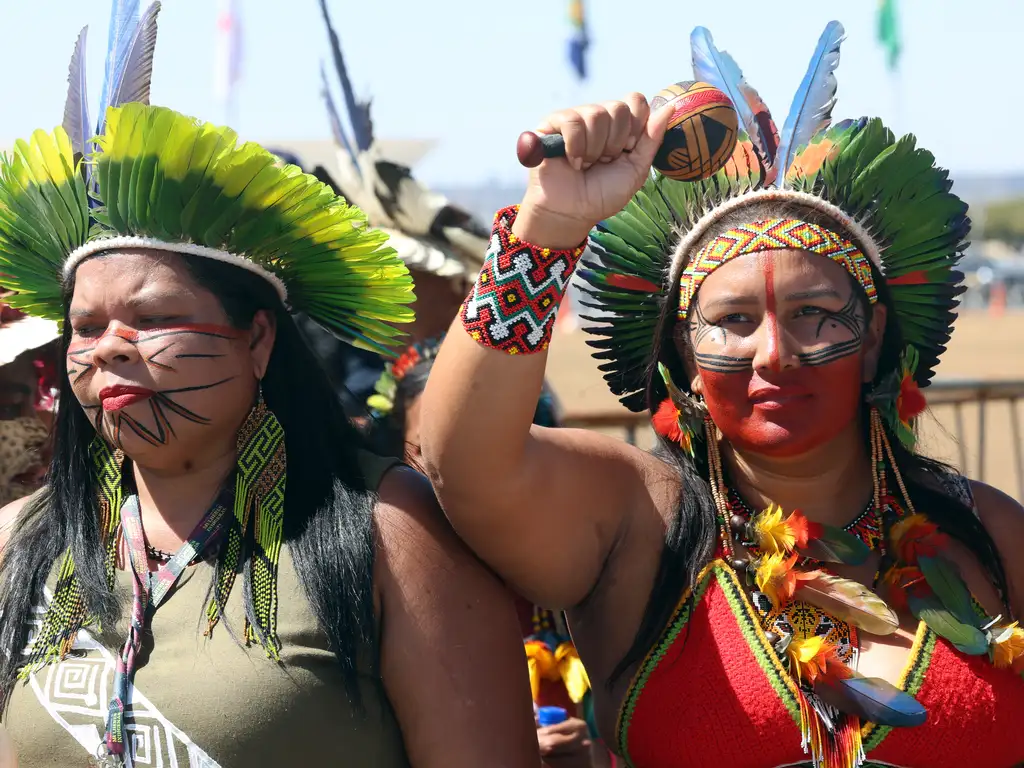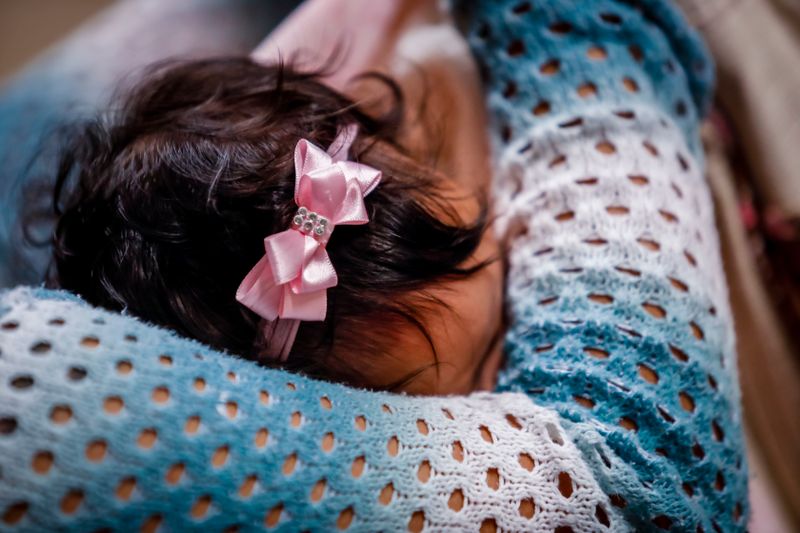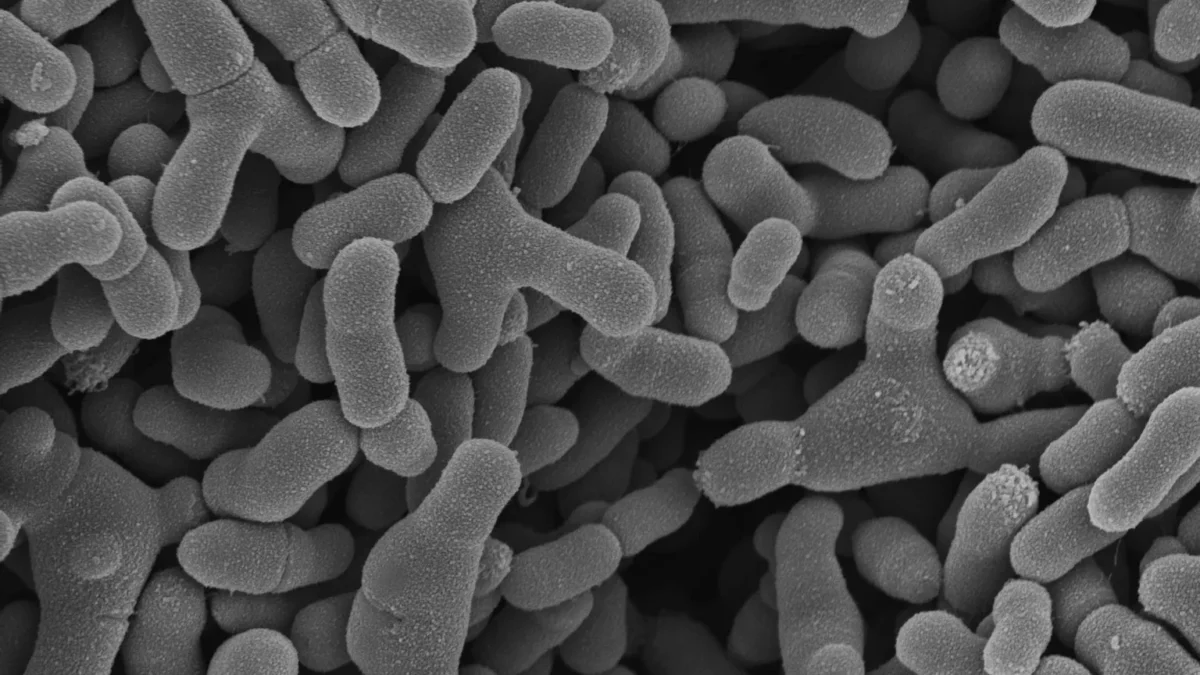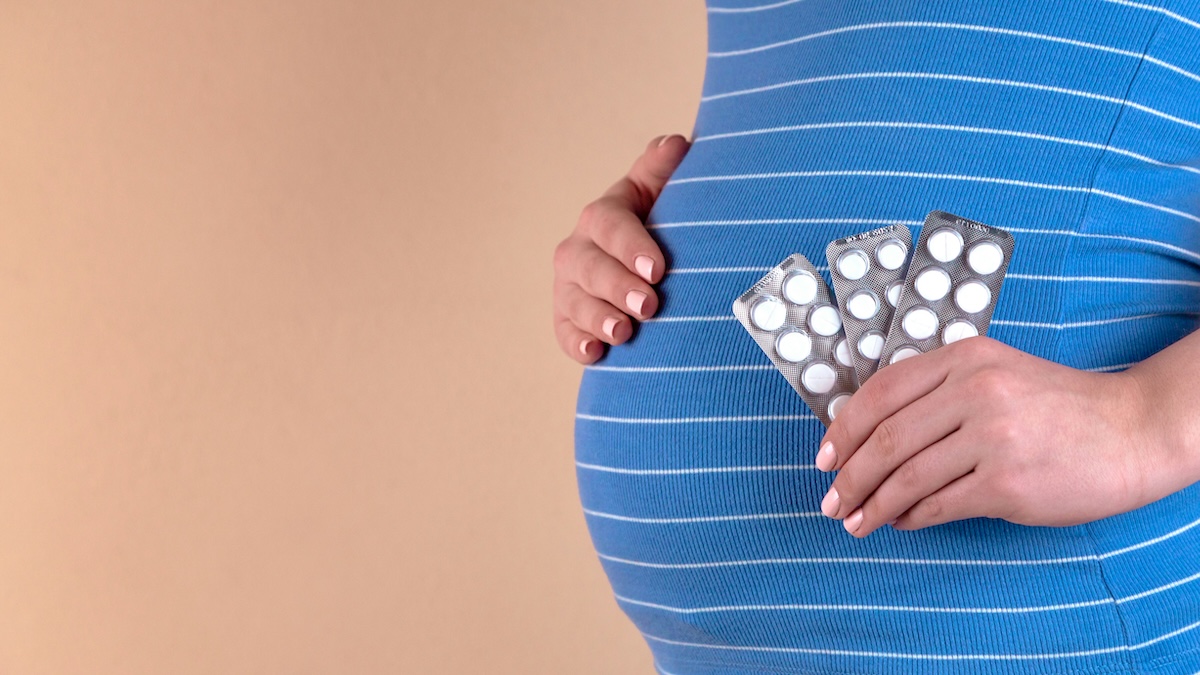 #News
#News
How to protect children from respiratory syncytial virus
Study suggests best period to immunize babies against the deadliest post-neonatal infection
 The respiratory syncytial virus is responsible for 80% of bronchiolitis cases and up to 60% of pneumonia cases in children under two years of age | Photo: Fábio H. Mendes/E6 Imagens
The respiratory syncytial virus is responsible for 80% of bronchiolitis cases and up to 60% of pneumonia cases in children under two years of age | Photo: Fábio H. Mendes/E6 Imagens
Researchers from the State University of Maringá (UEM), Paraná, set out to identify the month in which respiratory syncytial virus (RSV) infections, responsible for 80% of bronchiolitis cases and up to 60% of pneumonia cases in children under two years of age, begins to rise.
The virus is the most common cause of lower respiratory tract infections and the leading cause of death among infants in the post-neonatal period.
In an article published in Revista Brasileira de Pediatria, the authors identified the Brazilian regions and states with the highest incidence of hospital admissions for acute viral bronchiolitis (AVB).
The data showed that the period when RSV circulated most and hospitalizations were at their highest was between March and July 2020. In all regions, boys were more likely to be admitted to hospital with the infection, especially those under six months of age.
The South of Brazil had the highest incidence of hospitalizations, followed by the Southeast, Central-West, North, and Northeast.
In addition to preventive measures, there are two medications capable of offering protection against acute viral bronchiolitis. One is the antibody palivizumab, a costly immunoglobulin that generates passive immunization. Until 2023, it was the most used method for preventing RSV infection due to the absence of licensed vaccines.
The treatment gives infant recipients a dose of ready-made antibodies, instead of stimulating antibody production like a vaccine. Unfortunately, passive immunization does not lead to the production of memory cells capable of defending the body from future attacks. Palivizumab is therefore usually administered in five doses across the months that RSV is at its highest incidence.
This form of passive immunization, according to the authors, reduces AVB hospitalization rates by 55%.
Because each dose of the immunoglobulin only offers protection for around 30 days, the researchers sought to identify the month in which cases began to increase and which Brazilian regions and states have the highest number of hospital admissions due to the disease.
New treatment available
The other currently available medication is nirsevimab, a monoclonal antibody recommended by the Brazilian Society of Immunizations (SBim) and the Brazilian Society of Pediatrics (SBP). It was authorized by the Brazilian Health Regulatory Agency (ANVISA) in October 2023.
According to a statement issued by SBim and SBP, the drug should be administered “in a single dose, to all newborns and infants under one year old who were born during or are entering their first RSV season.”
The study published in Revista Brasileira de Pediatria analyzed monthly hospitalization data recorded in the DATASUS system for all states between 2000 and 2019.
The study cohort consisted of 615,657 children aged under 12 months who had been diagnosed with acute viral bronchiolitis—60% boys and 40% girls.
Of the sample, 27% of children were less than six months old. The total distribution was 8% from the North of Brazil, 18% from the Northeast, 47% from the Southeast, 20% from the South, and 7% from the Central-West.
The article suggests the optimal period for passive immunization of children under 12 months. In most of Brazil, the best time to give palivizumab to eligible patients is between February and July, with the exception of Rio Grande do Sul, where the research found that RSV circulated more between May and September.
According to the authors, the study could have been limited by the fact that the DATASUS platform is not regularly updated, as well as by the lack of complete data from private hospitals where admissions are not funded by Brazil’s public health system (SUS). Underreporting of hospital admissions may also have been a limiting factor to the accuracy of the results.
*
This article may be republished online under the CC-BY-NC-ND Creative Commons license.
The text must not be edited and the author(s) and source (Science Arena) must be credited.
News
 #News
#News
 #News
#News
 #News
#News
